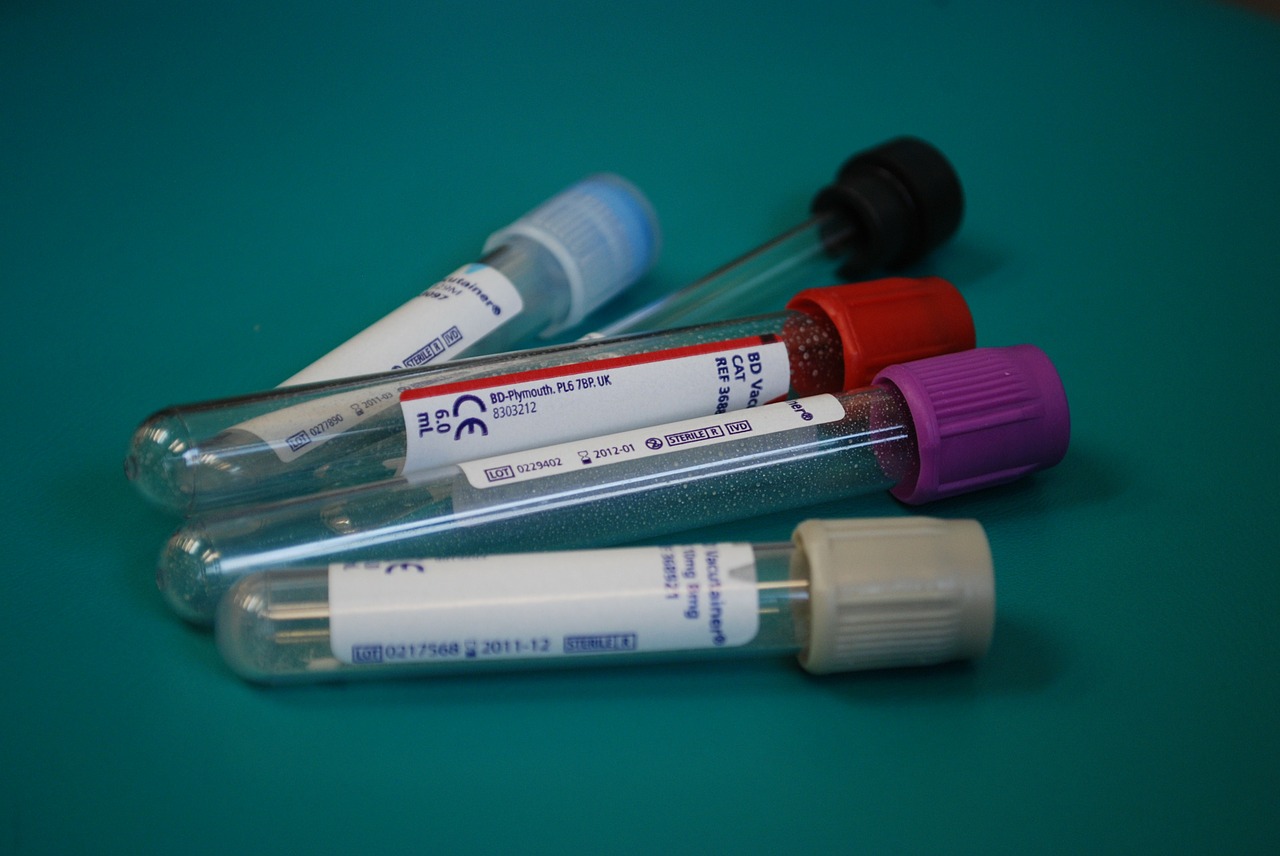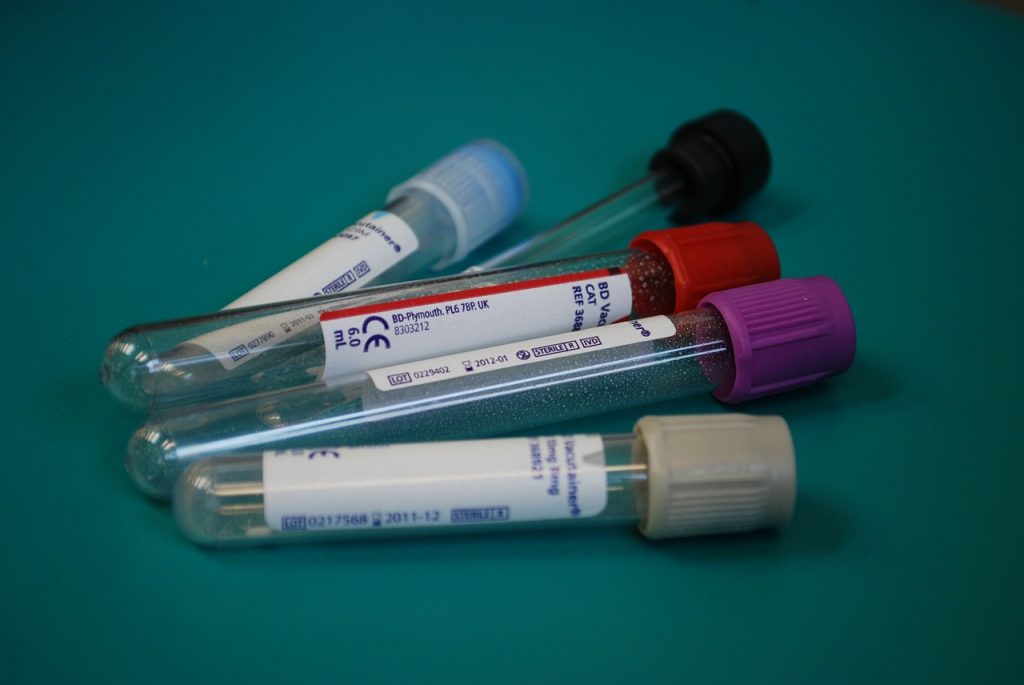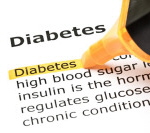
What is a morning fasting blood glucose test?
A morning fasting blood glucose test measures blood glucose (also called blood sugar) after you have been fasting over night for at least 8 hours.
 A blood sample is drawn in the doctor’s office or lab in the morning before you eat. This test is done to check to see if you have impaired fasting glucose (IFG).
A blood sample is drawn in the doctor’s office or lab in the morning before you eat. This test is done to check to see if you have impaired fasting glucose (IFG).
This test can tell your doctor if your blood glucose levels are normal or above normal (impaired) in the morning before eating or drinking anything.
If you need to take this test you can drink water and certain beverages that have no sugar or sugar alcohols. But drinks with sugar or that contain calories should not be consumed prior to the test as it may affect your test results.
What are normal and abnormal morning fasting blood sugars?
Morning Fasting Blood Glucose
Diagnostic Chart
| Fasting Glucose Ranges | Indication |
| From 70 to 99 mg/dL, or 3.9 to 5.5. mmol/L | Normal glucose tolerance, not diabetic(1) |
| From 100 to 125 mg/dL, or 5.6 to 6.9 mmol/L(2) | Impaired fasting glucose (IFG) or Pre-diabetes |
| 126 mg/dL or higher, or 7.0Â mmol/L or higher | Diabetes |
IFG does not happen overnight and you may have been insulin resistance for some time. IFG is a pre-diabetic state, meaning you are more likely to develop type 2 diabetes but you do not have it yet. Both insulin resistance and pre-diabetes are considered significant risk factors for developing type 2 diabetes.
Your doctor may either repeat the morning fasting glucose test, or want to do an Oral Glucose Tolerance Test (OGTT) before making a diagnosis and to see how your body responds to ingesting glucose (carbohydrates).
Chart Notes
- Morning fasting glucose for pregnant women should be 95 mg/dL (5.3 mmol/L) or lower.
- The ADA lowered the cut-off for diagnosing prediabetes from 110 mg/dL to 100 mg/dL.
Think you may already have prediabetes?
Health Video:Â How To Determine If You Have Prediabetes
 Are you are risk for pre-diabetes?
Are you are risk for pre-diabetes?
Waist-to-hip ratio can be measured to determine the risk of developing prediabetes and other health problems including type 2 diabetes.
According to research scientists at the Imperial College Long, the German Institute of Human Nutrition, and other contributors across Europe (the “EPIC” study), “every 5cm of increase in waist size increases the risk of death by 17%.” The study found that men with a waist circumference larger than 42.7 inches substantially increased their risk of premature death.


